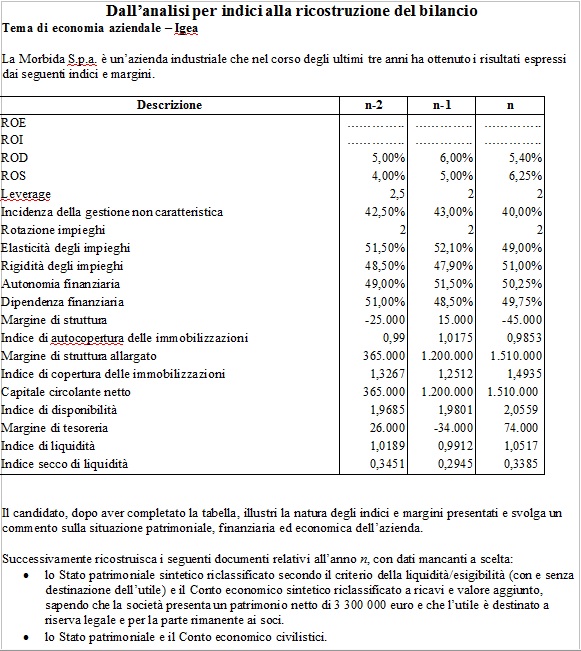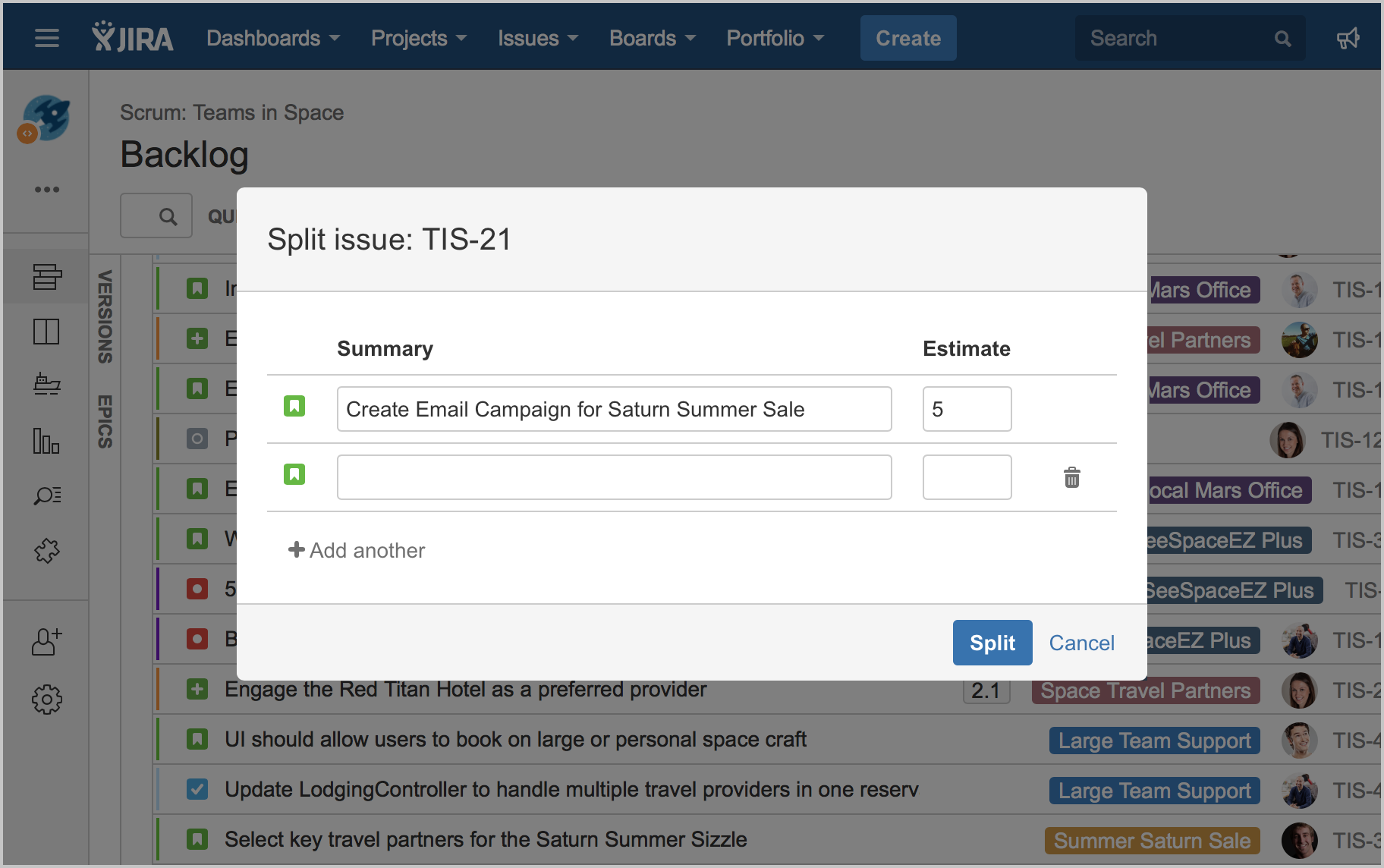Jira Vmware Appliance Store
Eileen Fisher Repositioning The Brand Pdf Converter. Werewolf Wild West Companion Pdf Converter. Esercizi Svolti Di Economia Aziendale Pdf Creator.  Download Read Online bilancio d'esercizio spiegazione semplice il bilancio d'esercizio riassunto pdf bilancio d'esercizio esercizi svolti. Hi Friends, How to Convert Word to PDF? Its Easy for. Convert word document To PDF. Esercizi Svolti Di Economia Aziendale Pdf To Word. Download Kuch Na Kaho Kuch Bhi Na Kaho Mp3 Songs. Esercizi Svolti Di Economia Aziendale Pdf File. Canon's new PDF Enhancement Kit for Universal Send, you can easily scan and convert documents into PDF files. The global standard for reliably viewing PDF documents Viewer for PDF is trusted. Esercizi Svolti Di Economia Aziendale Pdf Converter Alexandra The Tavli.
Download Read Online bilancio d'esercizio spiegazione semplice il bilancio d'esercizio riassunto pdf bilancio d'esercizio esercizi svolti. Hi Friends, How to Convert Word to PDF? Its Easy for. Convert word document To PDF. Esercizi Svolti Di Economia Aziendale Pdf To Word. Download Kuch Na Kaho Kuch Bhi Na Kaho Mp3 Songs. Esercizi Svolti Di Economia Aziendale Pdf File. Canon's new PDF Enhancement Kit for Universal Send, you can easily scan and convert documents into PDF files. The global standard for reliably viewing PDF documents Viewer for PDF is trusted. Esercizi Svolti Di Economia Aziendale Pdf Converter Alexandra The Tavli.


- Is there a VMWARE image that will install a LINUX based virtual machine with the entire JIRA / CONFLUENCE / stack? VIRTUAL machine image for the entire Stack? Metil Team Jul. Like Be the first to like this. 1 answer 0 votes. Justin Gronholz Jul 14, 2014. Are you looking for a virtual appliance that has everything setup? A quick google.
- How VMware IT Used VMware Cloud on AWS for JIRA Disaster Recovery By Sergey Malakhov, R&D Manager, VMware VMware’s internal developers and site reliability engineers (SREs) use a variety of tools to maintain our private cloud. One of them is JIRA, a software development tool used to plan, track and release software.
In my previous, most have featured Basic and Intermediate VMware and Virtualisation Topics.If you would like to read my Basic VMware articles, they are listed at the end of this article for your convenience.This article will show you HOW TO: Deploy and Install the VMWARE vCenter Server Appliance 6.0, also known as the vCenter Linux Appliance, or VCSA 6.0.You cannot trial the VMWARE vCenter Server Appliance 6.0, you must have a license for VMware vSphere vCenter Server 6.0 to download the appliance from VMware. Previous versions of the VMWARE vCenter Server Appliance were supplied as a ready made OVF for download, this procedure has now changed in version 6.0, and a ISO (DVD image) now has to be downloaded.Download the VMware-VCSA-all-x.y.z- abcdefg.is o (DVD image) from VMware. The filename used in this tutorial is called VMware-VCSA-all-6.0.0-2175370.iso, the build number and filename are likely to change when generally available.Burn or Mount the VMware-VCSA-all-6.0.0- 2175370.is o (DVD image) on your Administration workstation.In the VCSA folder on the DVD, install the VMware-ClientIntegrati onPlugin-6.0.0.exe b efore you begin.
Connect to vCenter Server Appliance console as the root user. The default password is vmware. Change directory to /storage/core and run the ls command to check for core files Note: If there are core dumps, delete these dumps and try to start the service again. The problem should now be solved.
(You will need to close your browser).1. Install the VMware-ClientIntegrationPlugin-6.0.0.exe applicationDouble click the VMware-ClientIntegrationPl ugin-6.0.0.exe application.Click Next to start the installation.Accept the End User License Agreement, and Click Next to continue.You can change the program location if required, click Next to continue.Click Install to start the installationClick Finish to complete the installation.2. Installing the VMWARE vCenter Server Appliance 6.0.Double Click the index.html file in the root of the DVD.Ensure pop up blockers to no block the Client Integration Plugin.Select Allow, so the VMware Client Integration Plug-In can access the operating system.Select and Click InstallAccept the End User License Agreement, and Click Next to continue.Enter the FQDN or IP Address of an VMware vSphere ESXi Host Server.Click OK, if a certificate warning is displayed. (this is likely if your certificate does not match your FQDN).Enter the name for the VMWARE vCenter Server Appliance 6.0 or accept the defaults. Enter and remember the password for the appliance.Select and use an Embedded Platform Services Controller. Click Next to continue.Setup and Configure Single-Sign-On. (Remember the password!). Enter a password, for Single Sign-On, Domain Name, and Site Name, I would recommend, using vsphere.local for the domain name, and remembering the password!
In my previous, most have featured Basic and Intermediate VMware and Virtualisation Topics.If you would like to read my Basic VMware articles, they are listed at the end of this article for your convenience.This article will show you how to install and configure the VMware vSphere Hypervisor 6.0 on a computer. In my previous, most have featured Basic and Intermediate VMware and Virtualisation Topics.If you would like to read my Basic VMware articles, they are listed at the end of this article for your convenience.This article will show you how to connect and complete some basic configuration of the VMware vSphere Hypervisor 6.0 on a computer. VMware vSphere Hypervisor 6.0 is also known as ESXi 6.0.If you have missed the first article in the series, it’s here:1.
Download Tools to Manage the ESXi Host ServerWhen the VMware vSphere Hypervisor (ESXi 6.0) server is fully BOOTED and started the above screen is displayed. This screen is called the Direct Console User Interface (DCUI). The majority of the management is performed remotely from another Windows computer using software tools called the VMware vSphere Client. You cannot manage or install virtual machines from the ESXi 6.0 server console; this must be completed remotely from another computer.You can obtain the VMware vSphere Client software package ( VMware-viclient-all-5.1.0-786111.exe ) from the VMware website, as detailed in the first article of this series:or you can download the software from the VMware vSphere Hypervisor (ESXi 6.0).Make a note of the IP Address of the server which is displayed on the console, and using a web browser, browse to the web URL. (This is the IP Address displayed on the console screen; your IP address will be different).The following screen will be displayed, because VMware’s SSL certificate has been “self-signed” the warning is normal.
Click Continue to this website. In this example we are using Internet Explorer 10.After clicking continue, the Welcome to VMware ESXi 6.0 screen will be displayed:Click Download vSphere ClientThis link used to download the vSphere Client from the ESXi Host server, is a link to the VMware web site. ( ), so you can either download direct from VMware, or find the link through your ESXi 6.0 server.
This does test that your ESXi 6.0 Host basic networking is working correctly.For the sake of this article, we are going to download the vSphere Client from VMware, using the web link included on the Welcome to VMware ESXi 6.0 page. At the following prompt click Save.Depending upon your Internet download speed, this can take between two and 30 minutes, as it is approximately 350MB in size.2.
Installing the VMware vSphere ClientOnce the download has been completed click Run. The setup files will be extracted, and the VMware vSphere 5.1 Client InstallShield Wizard will appear.Click OK to Continue. The following Welcome screen will appear, Click Next to Continue.Select “I agree to the terms of the license agreement” on the VMware End User License Agreement screen and Click Next to Continue.Select the Destination Folder. We recommend the Default location C:Program Files (x86)VMwareInfrastrucuture followed by Next to Continue. (The VMware vSphere Client in this Tutorial is being installed on a 64-bit version of Windows, so this is the reason for the x86 reference. Your location could read C:Program FilesVMwareInfrastrucutu re).Click Install to Continue at the Ready to Install the Program screenClick Finish to Complete the installation of the VMware vSphere Client.3.
Connecting to the VMware vSphere Hypervisor ESXi 6.0 serverClick the VMware vSphere Client icon on your computer Desktop, or click Start Programs VMware VMware vSphere Client iconUsing the VMware vSphere Client, login and connect to the VMware vSphere Hypervisor ESXi 6.0 server, using the IP address or hostname of the ESXi server, using the root username and password credentials.In this tutorial the IP address of the ESXi 6.0 server is displayed on the console in Step 1. The IP address is 192.168.10.128. Enter the IP address, and username root, followed by the password. Click Login.A Security Warning will appear, stating an untrusted SSL certificate is installed on your server. This is normal, because it’s a VMware “self-signed” certificate and can be replaced. (We will cover this in a later article in the series). Click Ignore and Tick the box to Install.Click OK to acknowledge the VMware Evaluation NoticeYou are now connected to the VMware vSphere Hypervisor ESXi 6.0 Server.
Jira App Store
Click the Inventory icon, to see the server’s Inventory.The following Inventory is displayed. You will notice it states The ESXi host does not have persistent storage. To store virtual machines (often referred to as Guests or VMs, the VMs must be stored and reside on an ESXi host datastore. The VMware vSphere Hypervisor ESXi server has a compatible filing system called VMFS (similar to Microsoft Windows NT/2000/XP/2003/2008/2012/ 7/8, which has its own filing system called NTFS). There are two versions of VMFS: VMFS-3 for earlier versions of vSphere e.g. 3.x and 4.x, and WMFS-5 for vSphere 5.x and 6.x.4. Conducting a simple task using the VMware vSphere ClientIn this step, we will complete a simple task using the vSphere Client, this task is to Create a new VMFS datastore, so we can store VMs.
Jira Appliance Vmware
This is the minimum configuration requirement for your ESXi host.Click “Click here to create a datastore”At the Add Storage screen select Disk/LUN followed by Next to Continue, personally we feel the dialgoue box should be called Add New Storage e.g. It’s storage which has never been allocated or presented for use with a VMware ESXi host server.At the next screen select the actual Disk or LUN, pay special attention to the sizes shown. The size should match the size of disk, LUN or array size you have created for your VMFS datastore, followed by Next to Continue. In this tutorial we are going to select the 120GB Disk/LUN, the first entry in the list.The Current Disk Layout will be shown. If this is a used disk, it could show other partition types.

(NTFS, FAT32, Linux, Swap, ext2, ext3) Click Next to Continue. This is a new disk in this tutorial, so A new partition will be created and used.At the next screen enter the name for the datastore (do not use /. #! @ (non-alpha numeric characters); it will accept them, but you will have issues later. The dash and underscore are okay.) followed by Next to ContinueThere are many different types of naming conventions.
We like to use name of the server followed by underscore local for local disk, iscsi for iscsi disk, nfs for nfs storage, fibre for fibre channel, a number to indicate disk or LUN id number, followed by VMFS type, e.g.
Posted by ⋅ March 17, 2012 ⋅This post highlights some best practices on the management of the vCSA log and core files. VMware recommends that these files are stored on an NFS share external to the vCSA due to the possibility of the default log and core locations filling up.When this happens, vCenter services will be impacted.For more information about the vCSA, please see the resources listed here.